Incubator at Sasaki public opening celebration
Watertown, Massachusetts
About the Foundation
We believe design has the power to address the most urgent challenges facing us, from social equity to environmental resilience. Design is an agent of change. And yet, access to design—for communities who need it the most—is often limited.
Making meaningful and lasting change requires designers to blur the boundaries that separate practice and research, academia and industry, the profession and the public. Making change requires designers to embrace vastly different points of view. Above all, making change requires collective impact.
At the intersection of research, practice, and community, the Hideo Sasaki Foundation is committed to advancing the value of design, inviting diverse partners to co-create change.
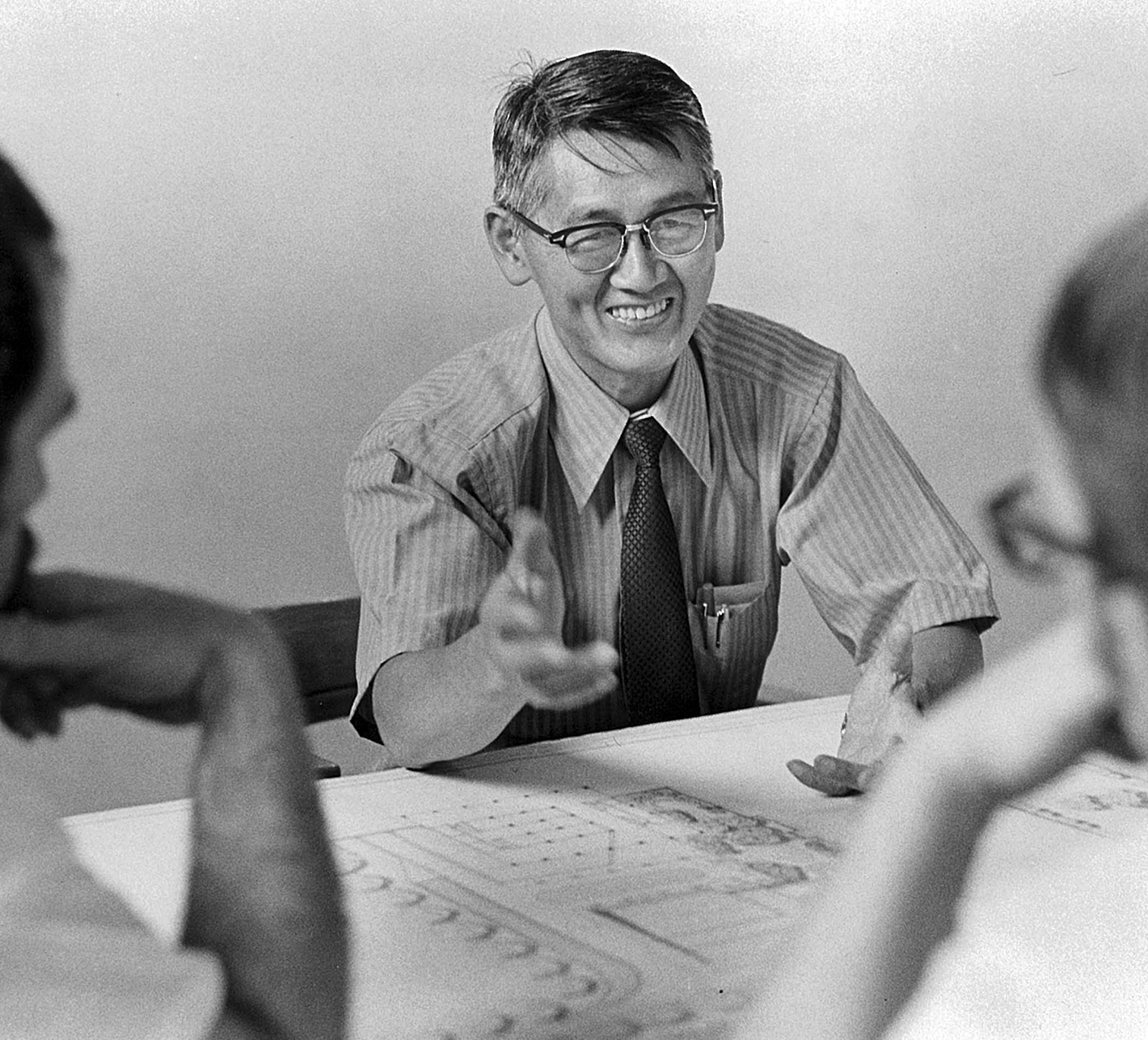
Hideo Sasaki
History
The Hideo Sasaki Foundation is named after Hideo Sasaki, a Japanese American landscape architect who came of age in WWII. Hideo was internationally respected as a landscape architect, planner, teacher, and mentor. He became a leading figure in America’s twentieth century modern design movement.
Born in California to Japanese immigrants, Hideo grew up farming alongside his family. When Japan attacked Pearl Harbor in 1941, his family and community were forced into internment camps. Following WWII, Hideo faced serious racial discrimination in pursuit of his career. Despite enormous obstacles, he earned undergraduate and graduate degrees in landscape architecture. In 1953, he founded the firm that would evolve into Sasaki and joined the faculty at Harvard’s Graduate School of Design. By 1958, he was chair of Harvard’s Department of Landscape Architecture.
Through his teaching and practice, Hideo helped revolutionize the study of landscape architecture. He also pioneered the concept of collaborative design, insisting we should use the whole depth of human knowledge to solve problems. He tied landscape architecture to the larger issues of planning. He blurred the lines between Harvard’s departments. And he broke down the traditional barriers between practice and teaching. As a teacher, he invited busy practitioners in a variety of disciplines to guest teach, enriching the curriculum and connecting it to the real world. As a practitioner, he brought promising students into his firm. They put his practical, interdisciplinary, and collaborative approach into action.
After a long and impressive career, Hideo passed away in 2000. To honor his memory, Sasaki established the Hideo Sasaki Foundation, which included a bequest from Hideo’s family. Ken Bassett, Elizabeth Meek, James A. Sukeforth, and Alan Ward were the founding trustees.
Today, we continue to carry forward Hideo’s legacy. We award grants to community-led projects that embody collaborative design. We host public events to advance the design practice and amplify diverse voices. We run design education programs that connect youth with design practitioners. All our work advances equity in design.
Want to learn more about Hideo?
How we operate
The Hideo Sasaki Foundation is a wholly independent 501(c)(3) private foundation. We are funded in part by Sasaki, but we also depend on private contributions from individuals, corporations, and foundations, and on competitive grants from public agencies.
From our location in downtown Boston, which we share with Sasaki, we work to advance equity in design. We support community-based organizations with funding and access to design expertise. We amplify voices and work toward systemic change through events and discussions. We engage students in career exploration through internships, camps, and after-school programs.
Timeline
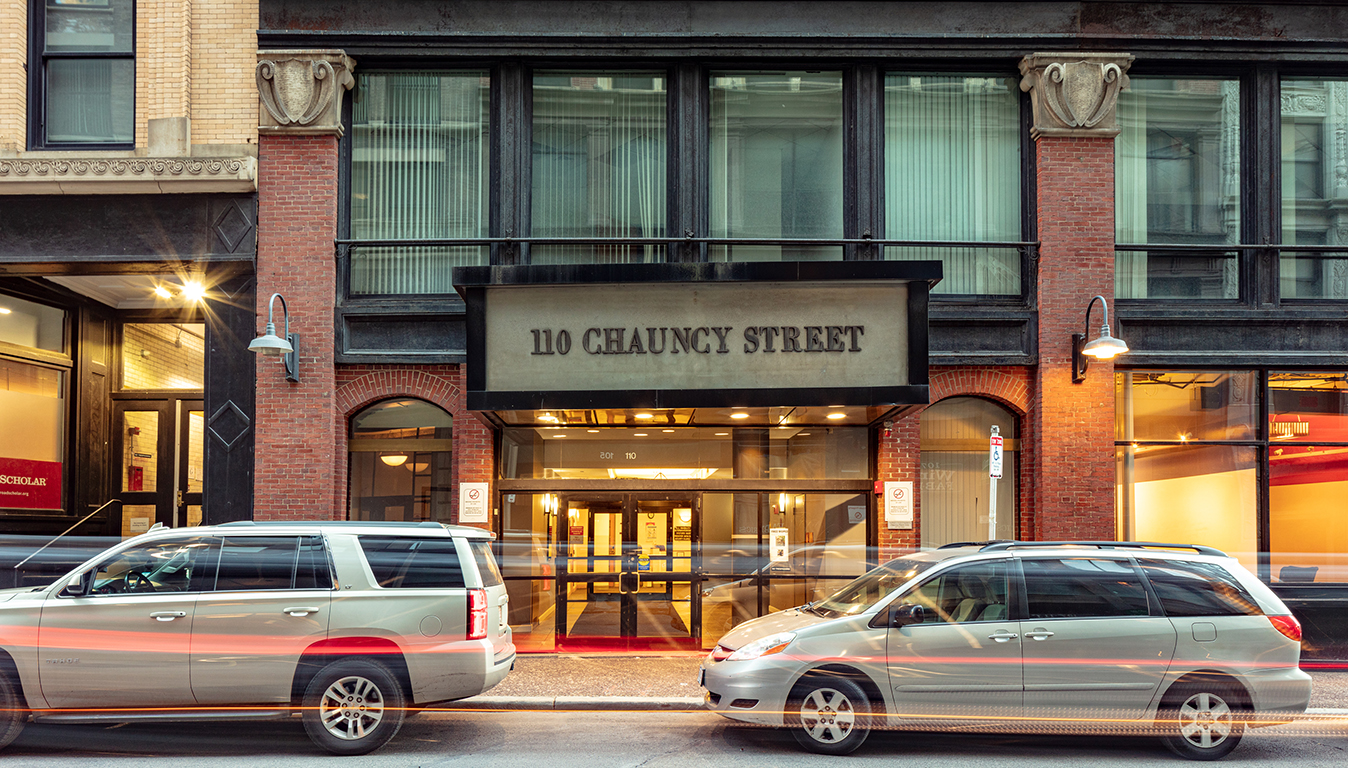
Home of Sasaki and the Sasaki Foundation
110 Chauncy | Boston, Massachusetts | 2022
2022-present
In 2022, the Sasaki Foundation moved to downtown Boston with Sasaki. This new location provides even more opportunities for programs, partnerships, and design education. The new location also allowed for an expansion of programming opportunities.
In 2023, thanks to state and city workforce development grants, the Sasaki Foundation expanded our Summer Exploratory Experience in Design (SEED) youth employment program from 14 to 52 high school and college student interns engaged in architecture and design thinking programming. In addition, organizations in Boston partnered to host an inaugural high school design competition, with 40 students competing to design an artist kiosk for the future lobby of 10 World Trade. SEED Team Sassafras won, with their design slated to be built in the upcoming construction season.
Launched in 2024, The Sasaki Foundation Designing Environmental and Social Impact (DESI) program is a semester-long paid internship providing high school students with guidance on how to use design thinking to create solutions to the environmental and social issues in their communities. Students will walk away with the ability to identify problems or areas of improvement, to think critically about how to address or mitigate them, and to design and develop creative and innovative solutions they can clearly communicate visually and verbally through an independent thesis format.
2017-2021
In 2017, new members joined the Board of Trustees and started a new strategic planning process. New members included Laura Marrett, Christine Dunn, and Mary Anne Ocampo. As part of the renewed mission and vision, the Sasaki Foundation announced Alexandra Lee as the inaugural executive director to guide the foundation in establishing a more expansive research agenda and seeking new partners to drive innovation.
In April 2018, Sasaki and the Sasaki Foundation celebrated the public opening of the Incubator at Sasaki, a flexible research studio and shared work space intended to serve as a catalyst for cross-industry collaboration, curated by the Sasaki Foundation.
In 2018, the Sasaki Foundation supported the Girl UNinterrupted project, which creates a bridge between generations while sharing perspectives and best practices in order to empower emerging designers to have a proactive voice in their future.
Launched in 2018, the Sasaki Foundation Summer Exploratory Experience in Design (SEED) program, in partnership with American Student Assistance, is a six-week paid internship structured holistically around introducing young high school students to the world of design. In 2020, the foundation translated the program into a free, self-directed online curriculum while adapting the summer internship into a hybrid format during the COVID-19 pandemic.
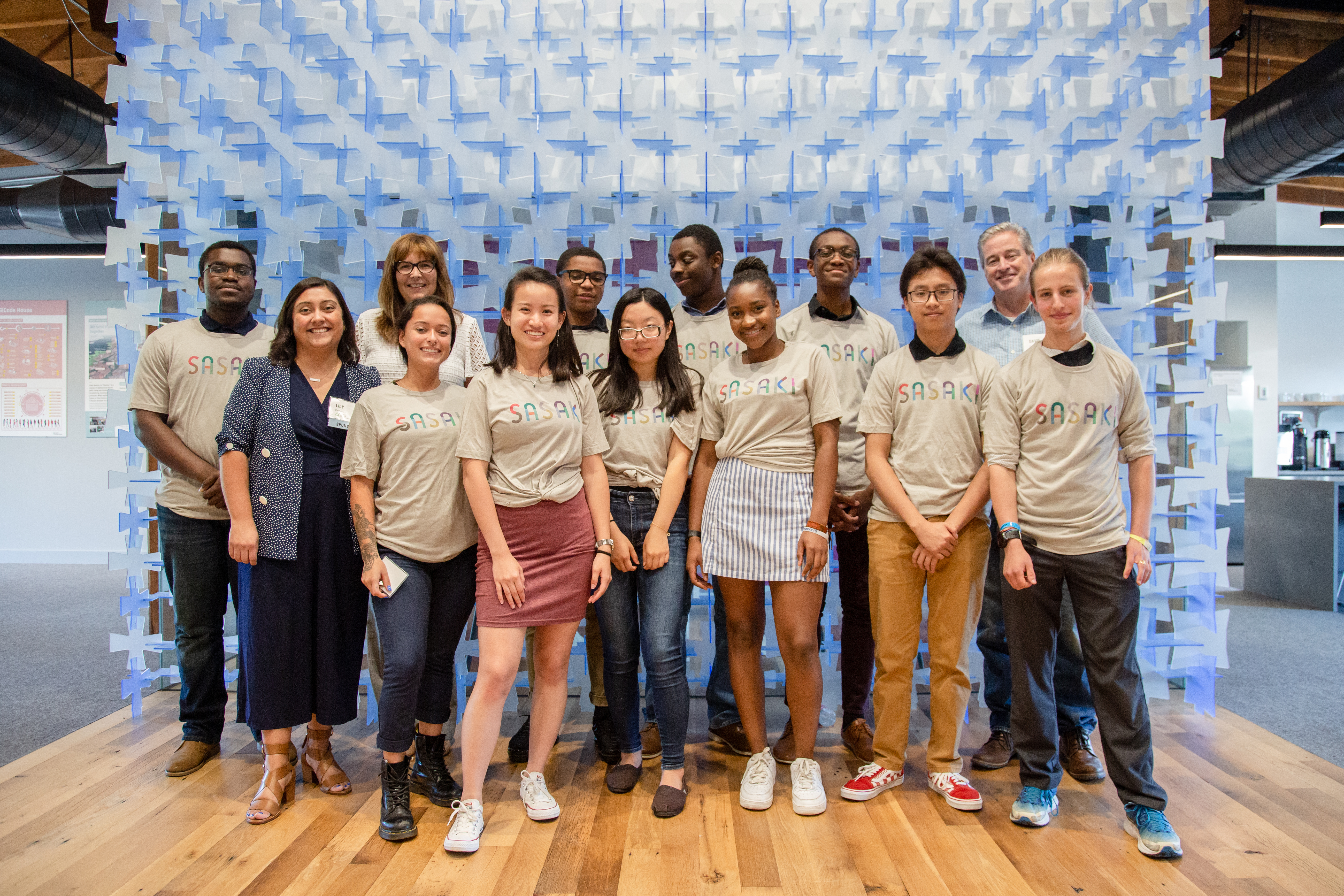
SEED students with American Student Assistance
Incubator at Sasaki | Watertown, Massachusetts | 2019
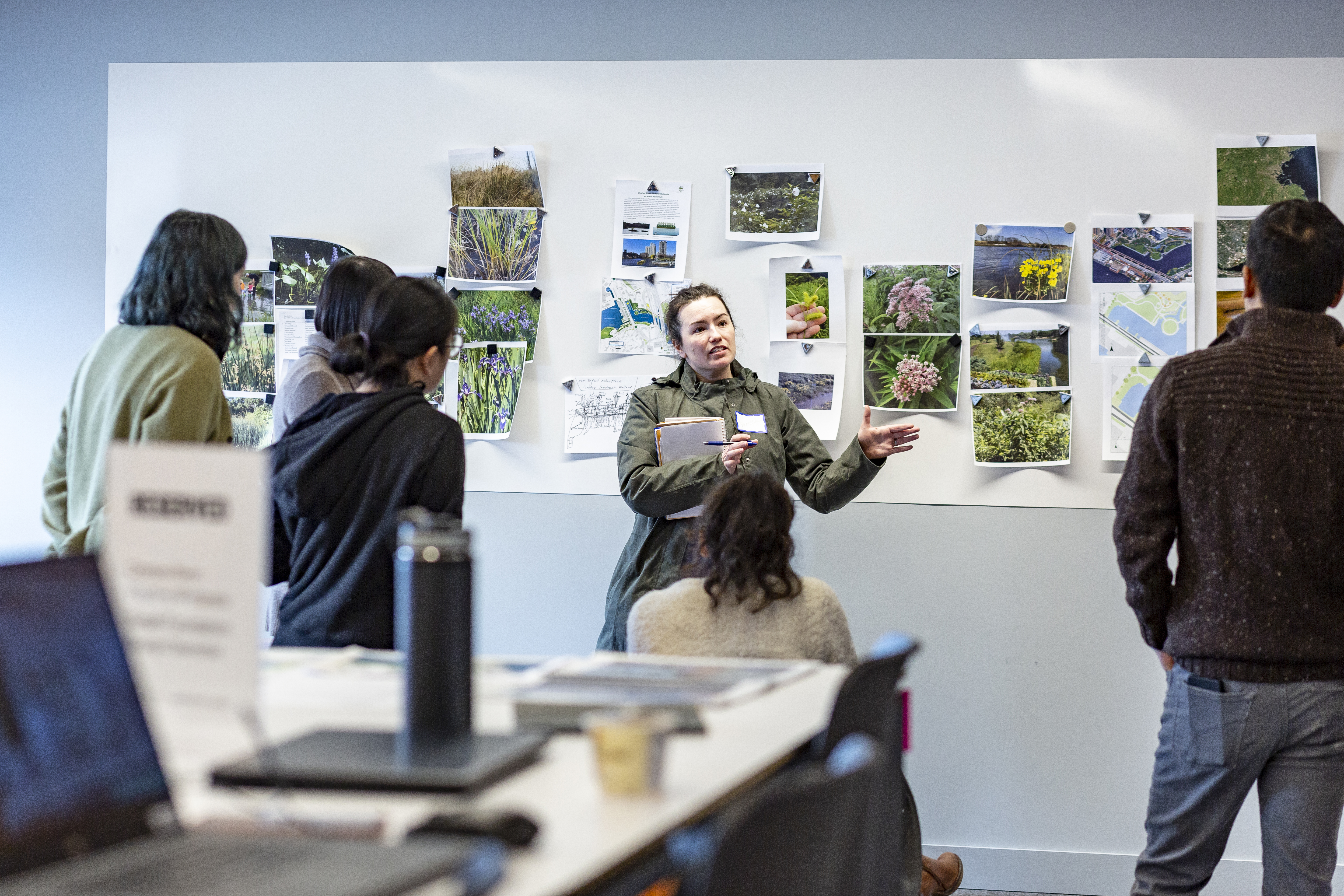
2018 Design Grants team Charles River Floating Wetlands with Sasaki designers
Incubator at Sasaki | Watertown, Massachusetts | 2019
Launched in 2018, the Sasaki Foundation Design Grants are an annual competition to showcase projects that support and drive interdisciplinary innovation and empower our local communities.
Launched in 2019, the Sasaki Foundation Design Mentorship Program, in partnership with American Student Assistance, was an eight-month program that provided access to design for middle school students.
While 2020, the Sasaki Foundation’s 20th year, brought many unexpected challenges, the COVID-19 pandemic and the summer of racial reckoning highlighted the importance of our work in harnessing the power of design thinking to promote equity and empower local communities.
In October 2020, the Sasaki Foundation celebrated our 20th anniversary with a conversation between Dr. Karilyn Crockett, Chief of Equity for the City of Boston, and Mary Anne Ocampo, Sasaki Foundation board chair and principal at Sasaki, who discussed important issues on city making, civic dialogue and engagement, and building a more equitable Boston.
In 2021, the Sasaki Foundation announced Jennifer Lawrence as the next executive director to guide the foundation in pursuit of our vision: a future in which the power of community-based planning and design is fully realized for the benefit of the public good.
2016-2017
From 2016 to 2017, the Sasaki Foundation sponsored three students through Youth Design, a unique summer internship and mentoring program that introduced urban public high school teens to the design world through paid internships with professional design mentors.
In 2017, the Sasaki Foundation sponsored the Black in Design Conference. Organized by the Harvard University Graduate School of Design African American Student Union (GSD AASU) the event recognizes the contributions of the African diaspora to the design fields and promotes discourse around the agency of the design profession to address and dismantle the institutional barriers faced by our communities.
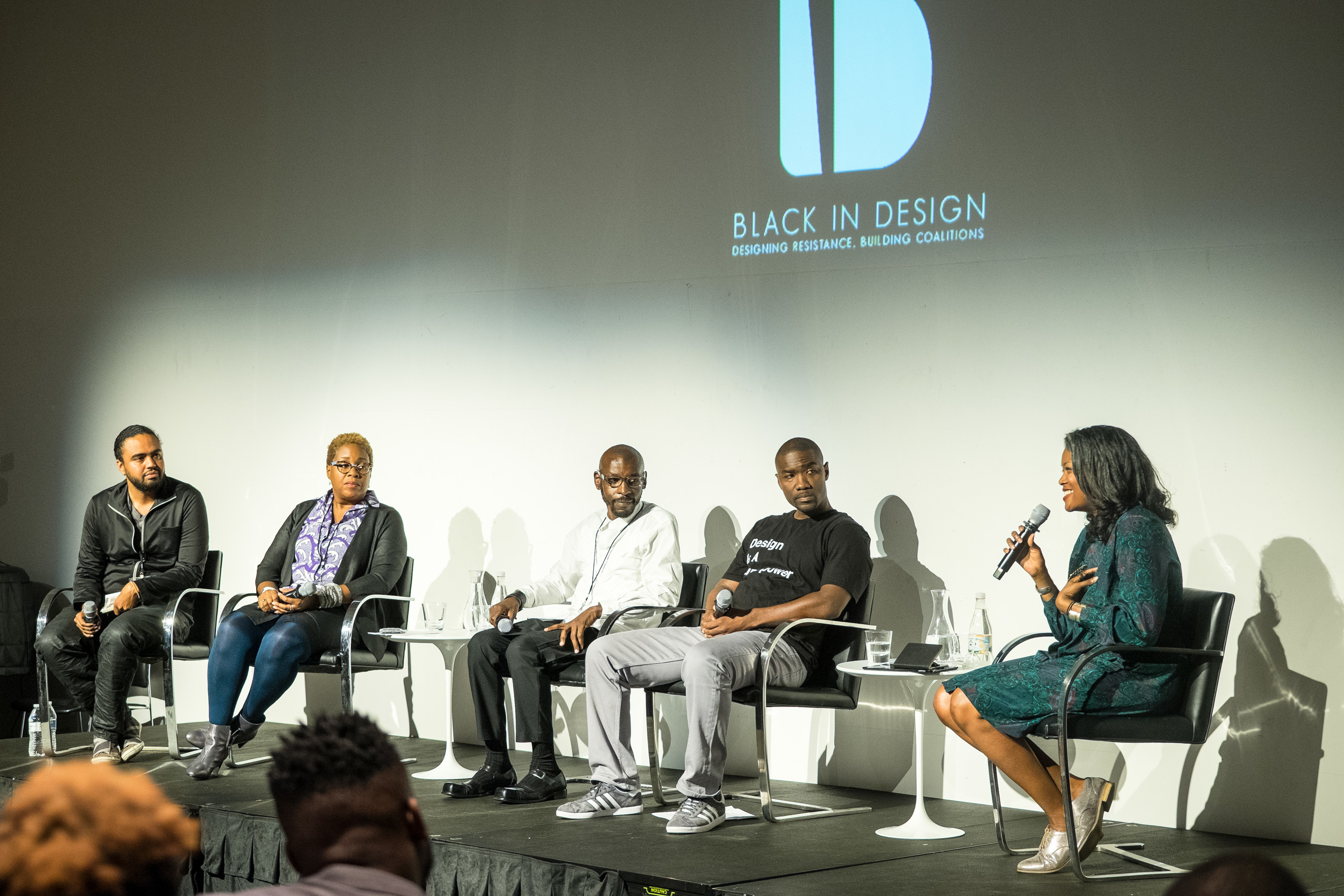
Black in Design: Designing Resistance, Building Coalitions
Harvard University | Cambridge, Massachusetts | 2017
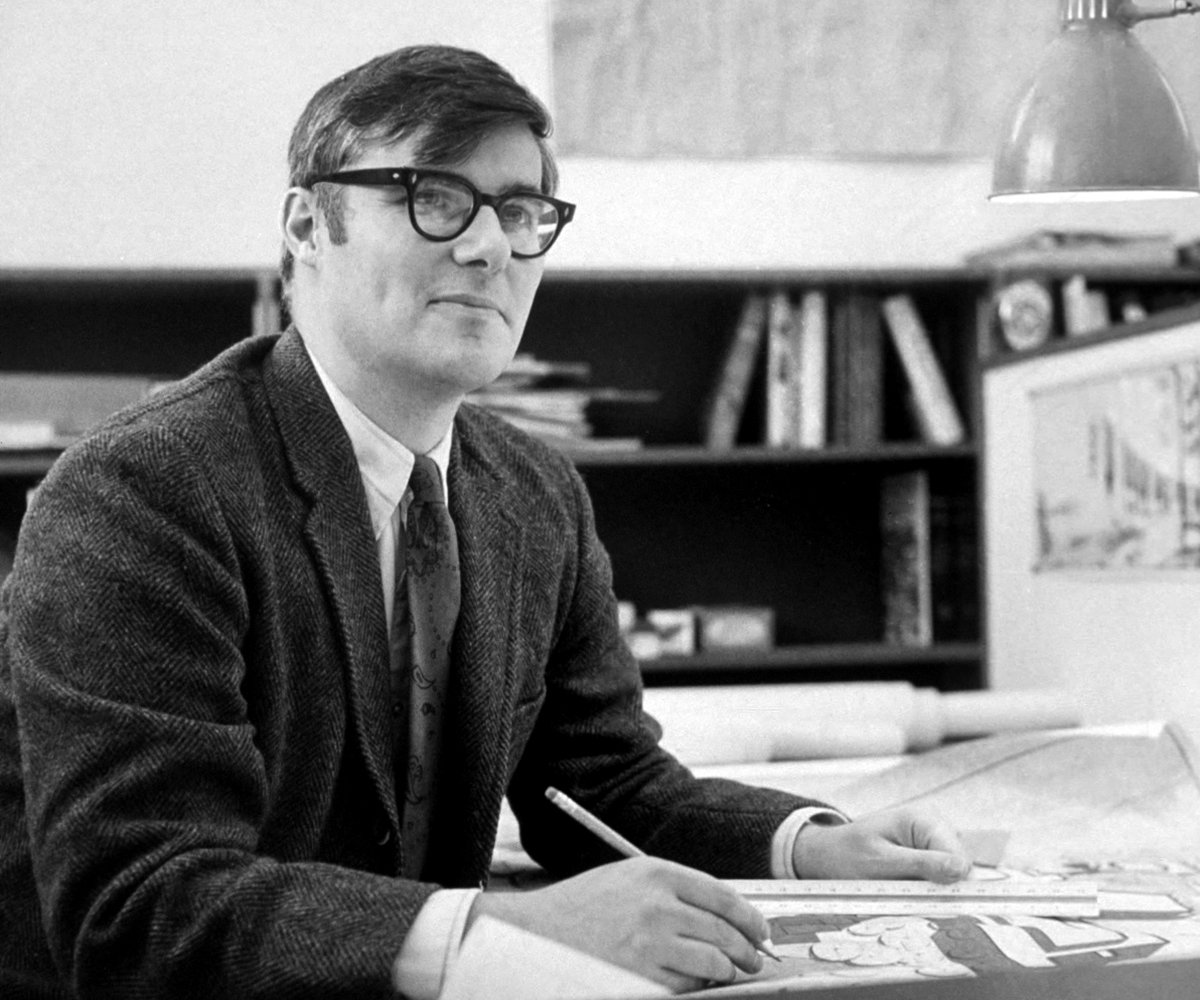
M. Perry Chapman
Sasaki office | Watertown, Massachusetts
2007-2016
From 2007 to 2013, the Hideo Sasaki Distinguished Visiting Critic program—a Boston Architectural College interdisciplinary educational initiative sponsored by the Sasaki Foundation—provided an opportunity for architecture, landscape architecture, and interior design students to work directly with accomplished designers who foster collaboration and integration.
From 2009 to 2013, the Sasaki Foundation supported the Boston Architectural College Collaborative Global Practice program, which included both teaching collaboration to students and cultivating expertise in negotiating the complexities and challenges that arise in international practice and cross-cultural collaboration.
In spring 2012, the Sasaki Foundation sponsored a Harvard Graduate School of Design studio, “The Garden in the Machine: A Demonstration Landscape for Deere & Company,” taught by Peter L. Osler of Illinois Institute of Technology.
From 2012 to 2016, The Sasaki Foundation, under the auspices of the Society for College and University Planning, funded the M. Perry Chapman Prize, which awarded $10,000 annually to honor Perry’s commitment to integrated planning and interdisciplinary collaboration and advance research to improve campus environments in support of their institutions’ missions.
2000-2006
On October 19, 2000, the Sasaki Foundation, a 501(c)(3) nonprofit corporation, was established by Sasaki, a multidisciplinary design firm, to continue his legacy of advancing rigorous and challenging research in design.
From 2001 to 2004, the Hideo Sasaki Foundation scholarship program provided scholarships to 24 students at 12 different universities across the country.
From 2002 to 2006, the Sasaki Foundation was a lead sponsor for the Landscape Futures Initiative, a series of symposia organized by the Landscape Architecture Foundation and hosted by universities across the country to analyze future drivers of global landscape change.
In spring 2004, the Sasaki Foundation sponsored the Integrative Environmental Design Studio at the University of Illinois Urbana-Champaign, an experiment to bring together graduate students in architecture, landscape architecture, and planning.
In 2004, the Sasaki Foundation contributed to the Robert P. Madison Scholarship Fund, established as an annual scholarship encouraging African-American youth to aspire to a career in architecture.
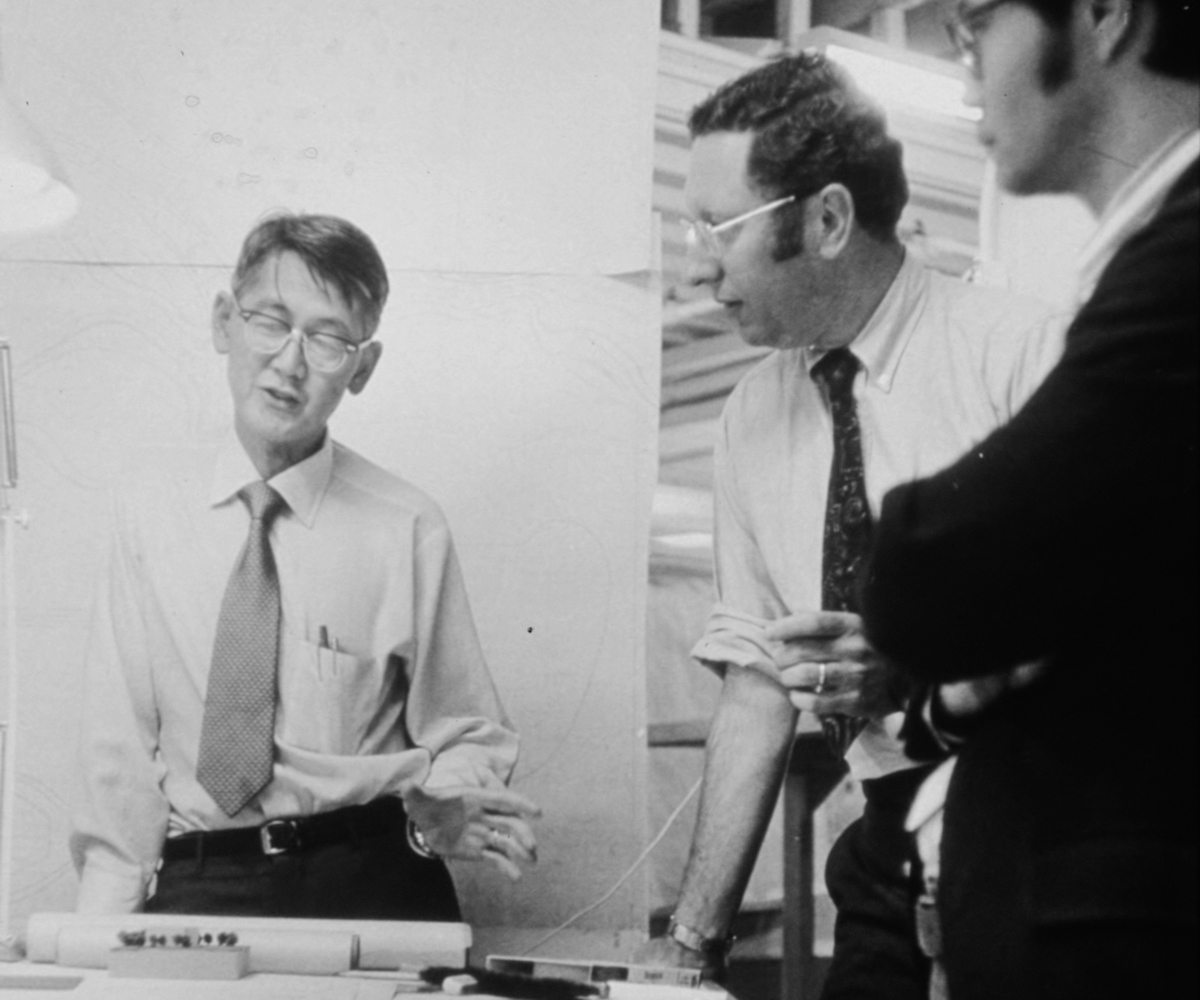
Hideo Sasaki
Sasaki office | Watertown, Massachusetts
